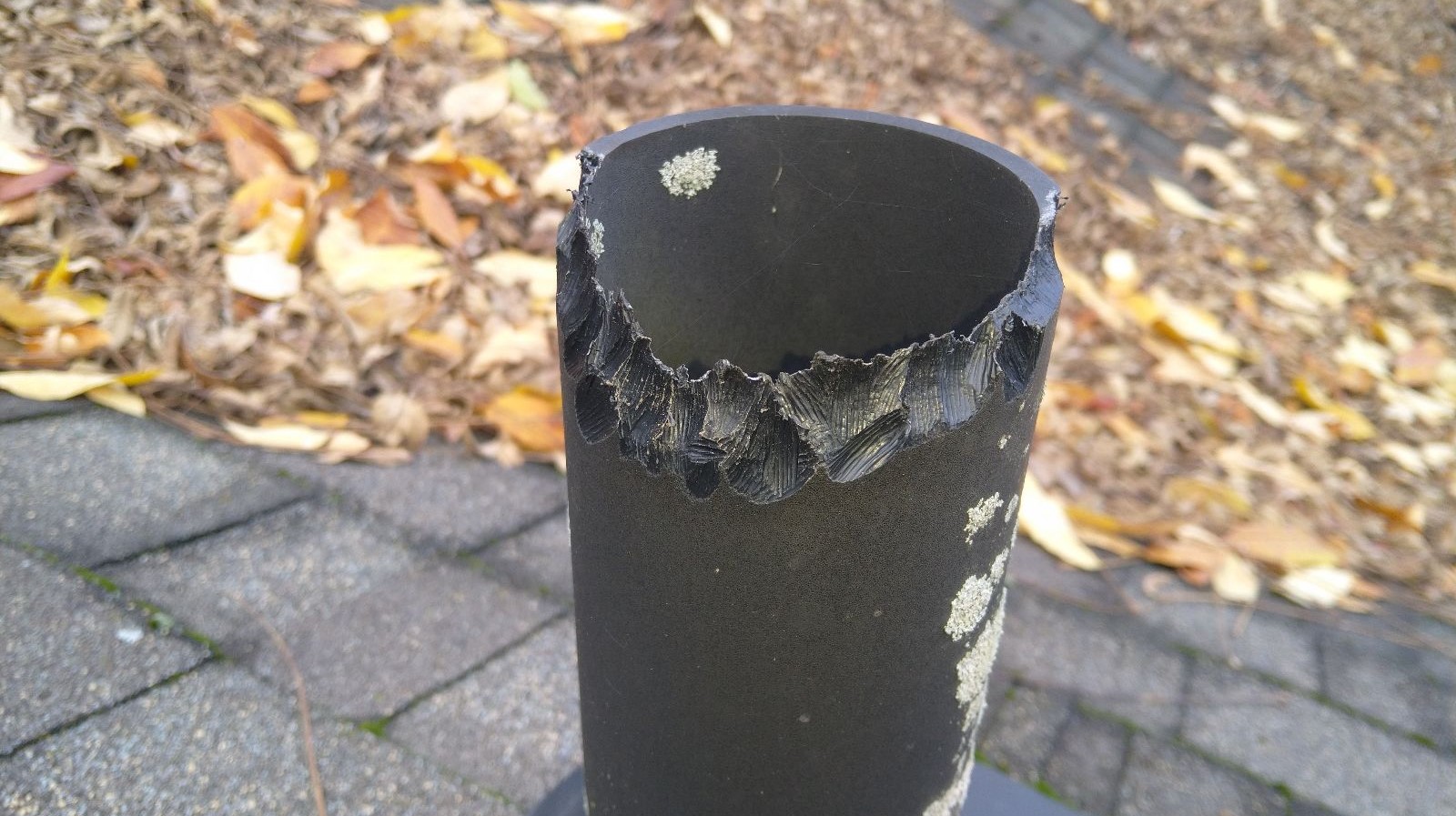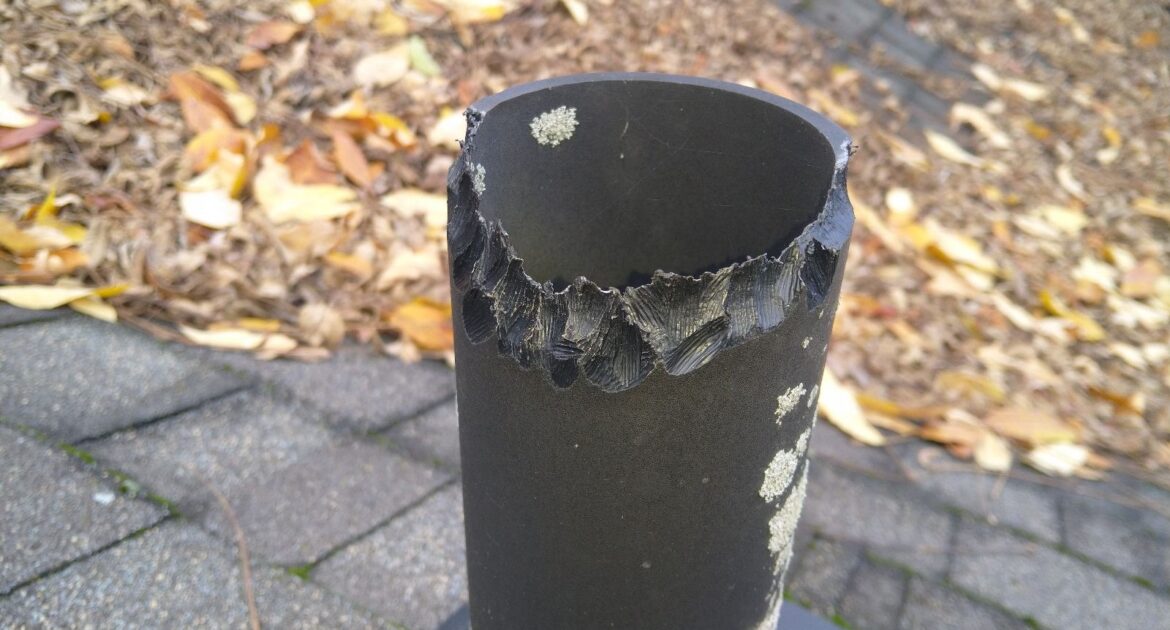You walk into your living room and notice gnawed furniture legs, chewed baseboards, or bite marks on food packaging.
What’s going on? These chew marks in your home aren’t just random wear and tear; they’re signs of rodent damage, and it’s essential to figure out who or what is causing the problem.
But how can you identify the culprit behind the damage? That’s where we come in.
At Skedaddle Humane Wildlife Control in Minneapolis, we know that different animals leave distinct chew patterns. By learning to identify animal chew marks, you can pinpoint the source of the destruction and take action quickly.
Below, we’ll show you how to recognize the signs of rodent damage and uncover the chew marks in home causes, along with actionable advice to help protect your home.
How to Identify Animal Chew Marks
Identifying animal chew marks may seem challenging, but with a bit of observation and knowledge, the clues become clear. Everyone from mice to squirrels and raccoons leaves behind distinct trails of damage. Here we offer guidance to help you recognize these signs and figure out what’s chewing on your home.
Look at the Size and Pattern of the Chew Marks
One of the quickest ways to identify animal chew marks is by examining their size and pattern. Here’s what to look for:
- Small, sharp bite marks around food or baseboards are often signs of mice or rats. Rodents’ teeth grow continuously, so they gnaw on surfaces to keep them filed down.
- Jagged, rough edges on wood or siding may indicate squirrels. They often chew on wood to work on their nesting materials.
- Large, deep gouges or teeth marks that look like they could break through trash bins are likely raccoons. Their chewing is less frequent but can cause significant damage.
- Holes in plastic or thin metal often point to rodents trying to access food or shelter materials.
Check Nearby Damage
Once you spot chew marks, inspect the surroundings for other signs of rodent damage.
- Food crumbs near bite marks? Likely rodents.
- Wood shavings around chewed furniture? Think squirrels.
- Torn insulation or nesting materials near the damage? Raccoons and squirrels are common culprits.
- Greasy smudges on walls or entryways near chew marks could indicate rodents, as they tend to use the same paths repeatedly.
Look for Droppings
Animal droppings near chew marks can offer strong evidence about the rodent problem. Small, black, pellet-shaped droppings usually indicate mice or rats, as these animals leave waste throughout their frequent travels.
Larger droppings with tapered ends are typically left by squirrels. If you find scattered droppings around the size of small beans, raccoons may be the ones leaving a mess.
Droppings not only help you identify animal chew marks but can also indicate how severe the infestation may be. More droppings usually point to a larger population of unwelcome visitors. Observing and safely documenting these signs without disturbing them can provide key insights without requiring a direct encounter with the mouse.
Listen for Sounds
Sometimes, clues about animal activity are revealed more by what you hear than what you see. At night, when most wildlife is active, listen carefully for scratching noises inside your walls or ceiling. These sounds often mean that mice or rats are busy building nests.
If you hear thumping or scurrying overhead, particularly in the attic, squirrels are likely moving around in their chosen nesting area. Loud banging or knocking noises, meanwhile, usually signal raccoons rummaging through bins or climbing around looking for food. Paying attention to these nighttime sounds can give you a clearer picture of which animals are active in your home.
Inspect Entry Points
Animals causing chew marks don’t appear out of thin air. They often gain access through vulnerable entry points in your home. Inspect your property for these signs. Mice or rats tend to sneak in through small holes in lower walls or kitchen cabinets. Higher entry points, such as damaged soffits, roof vents, or attic windows, are commonly used by squirrels and raccoons.
Also, check door frames and windowsills for teeth marks or scratches that indicate animals attempting to chew their way inside. Each of these entry points serves as both a clue to identifying the culprit and a priority for sealing to prevent future damage.
Identify Chew Marks Based on Location
The location of chew marks often reveals the goal of the animal responsible. Chew marks in the kitchen or pantry are clear signs of rodents scavenging for food. If the attic shows the most destruction, squirrels or raccoons likely view this area as a perfect nesting spot.
Meanwhile, chew damage in the garage frequently results from curious animals exploring outdoor access points. Paying attention to where the damage occurs can help uncover why the animal is in your home, guiding more effective solutions.
Why Animals Chew
Animals don’t chew for fun. Understanding their motivation helps clarify the chew marks in home causes.
- Rodents gnaw constantly to keep their teeth worn down and access food or shelter.
- Squirrels chew on wood or wires to gather nesting materials or access hidden spaces.
- Raccoons chew through barriers to find food or nesting locations.
Chewing is a survival instinct for most wildlife, but it becomes a big problem when it tangles with your home.
How Can Wildlife Control Help?
Identifying animal chew marks is a first step, but addressing the problem requires expertise. That’s where Skedaddle Humane Wildlife Control comes in.
- A Humane Solution: When we handle wildlife control, we don’t rely on harmful or inhumane traps. Instead, we use one-way doors to guide animals out of your home safely. These unique doors allow wildlife to exit but not re-enter, ensuring your home stays rodent-free without causing harm to the animals. This approach prioritizes both the safety of your home and the well-being of the animals, giving you peace of mind while protecting your property.
- Comprehensive Home Protection: Our approach doesn’t just stop at removing the animals. We seal entry points and recommend preventative measures that fit your home and situation. By addressing signs of wildlife damage and deterring further intrusions, we help keep your space safe long-term. This ensures your home not only stays free of animals now but is protected from future infestations for years to come.
- Experienced Professionals: Different animals leave different chew marks, and our experts take the time to assess your home, confirm the source of damage, and tailor a solution to address it. Our team’s extensive experience means we can quickly identify the problem and provide a plan that’s efficient and effective. This careful attention to detail ensures every corner of your home is thoroughly checked and treated.
Don’t Ignore the Damage
Chew marks at home are more than just inconvenient. They could indicate a bigger problem. Left untreated, chew damage can worsen, harming your home and, in some cases, posing health risks. The sooner you address these issues, the better protected your home and family will be.
Think you’ve identified animal chew marks in your home? Whether you’re spotting signs of rodent damage or trying to figure out chew marks in home causes, Skedaddle Humane Wildlife Control in Minneapolis is ready to help.
Don’t wait for the damage to grow. Request an estimate today, and get back to enjoying a safe, comfortable home!




